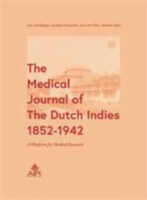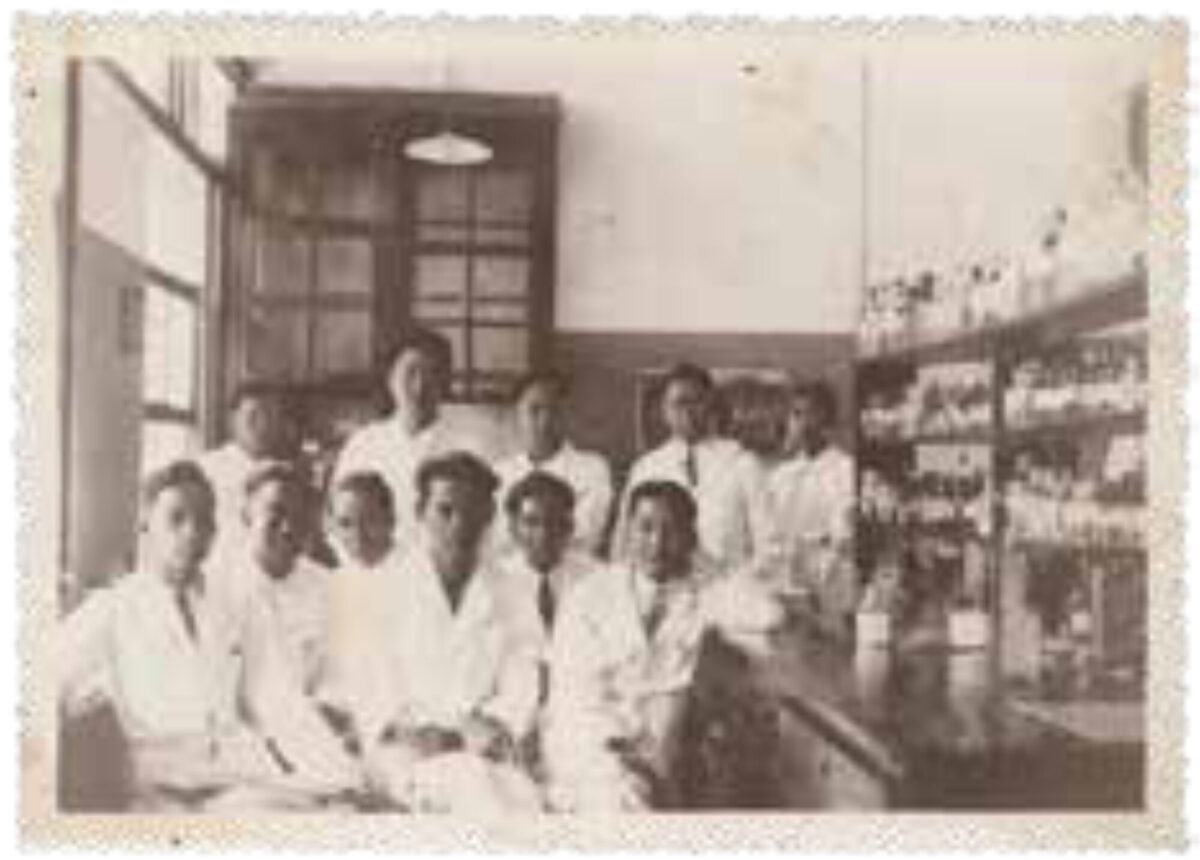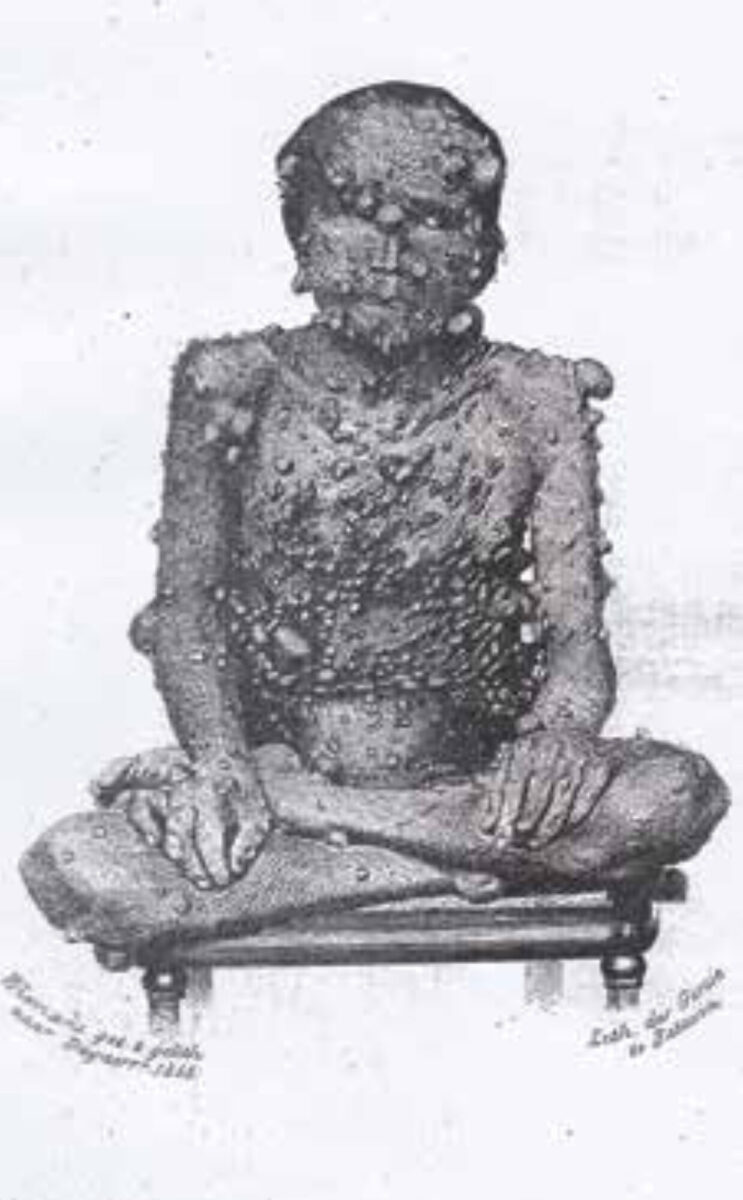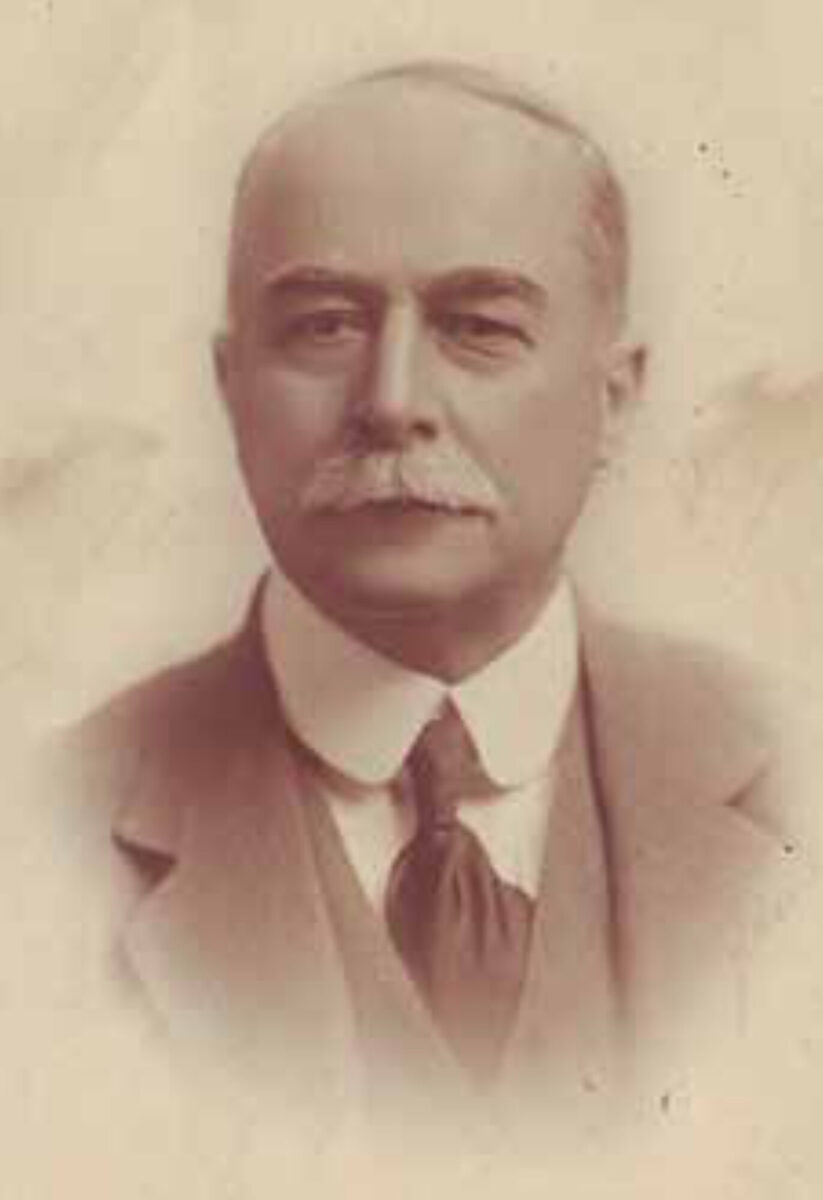Main content
A few years ago about twenty Dutch experts in tropical medicine and medical history embarked on a project to study the history of the medical journal ‘Geneeskundig Tijdschrift voor Nederlandsch-Indië’ (GTNI: Medical Journal for the Dutch Indies). Over a period of 90 years, this journal played a prominent role in the exchange of medical knowledge and expertise in what used to be called the ‘Dutch Indies’ – which later became Indonesia – with a wide variety of articles mainly written in the Dutch language. The project has resulted in a book, which was published in November 2017 by the Indonesian Academy of Sciences (AIPI) under the title ‘The Medical Journal of the Dutch Indies 1852-1942; a platform for Medical Research’ [1]. The book opens GTNI to the international research community as it constitutes a rich source of information around medical science and practice in the Dutch Indies. This paper presents an outline of the book.
GTNI was established in 1852 by Willem Bosch, the Dutch Chief of Medical Service posted in the colony, as the official journal of the Society for the Advancement of Medical Sciences in the Dutch Indies, which he had founded a year earlier in 1851. GTNI ceased to exist in 1942 after the Japanese occupation of the Indonesian archipelago.
Focus of GTNI
During GTNI’s 90-year history, about 4500 articles were published, mainly in the form of case studies. Initially, it also contained proceedings of the Society and annual reports of the Medical Service. Later, annual reports and scientific contributions were added from other medical institutions such as the laboratories in Jakarta and Medan and the Parc Vaccinogène in Jakarta, which later became the Institut Pasteur in Bandung. Before 1920 the case studies that were published dealt mainly with beriberi (by Eijkman amongst others) and infectious diseases, in particular cholera and plague. With the development of medical sciences at the beginning of the 20th century, papers from other specialties were published, starting with anaesthesiology, bacteriology (showing the value of microscopy in clinical diagnostics), radiology and immunology. During the 1920s and 1930s, attention shifted toward non-communicable diseases such as cardiovascular conditions, cancer, intoxication, child health problems and obstetrical complications. Most of the reported studies were conducted in Java, especially the cities of Jakarta and Semarang, or in plantations in Sumatra where many of the European doctors were deployed. Indonesian physicians and scientists also authored publications (in Dutch). With a share of 12% of the total number of GTNI articles, their papers were pretty similar in terms of topics and content to those written by European authors. It seems as if Indonesian authors also avoided traditional medicine, such as the use of indigenous medicinal herbs, and phenomena such as ‘amok’, the Malaysian and Bahasa Indonesian term for a psychopathological disorder.
As a Eurocentric medical journal, GTNI typically did not pay attention to the way in which European medical doctors pictured indigenous patients nor to issues such as: tension between European and Indonesian physicians, the health policy of the colonial government and in particular its rather late shift towards health care provision to the indigenous population, or the socio-medical conditions of plantation labourers and their families.
Outline of the book

After an introductory chapter on the medical historiography of Dutch Indies, the book is divided into two sections. Part I focuses on the broader political and organisational context of the colonial government in which medical services were provided. Part II deals with specialties and a number of diseases.
Part I starts with a description of the political and socio-economic context in the Dutch East Indies during the period GTNI was published (1852-1942). It is followed by a chapter on the Dutch Medical Service, which was divided into the Military Medical Service and the Civil Medical Service, which provided health care to the military and civilian population respectively. For a long time the colonial medical administration was predominantly focused on the former group with little or no concern for the indigenous population. Chapter 3 describes the emergence of the hospital system, which distinguished general hospitals from specialized hospitals. At the beginning of the 20th century, the colonial government started to allow the establishment of church-related mission hospitals which provided care to indigenous populations. Chapter 4 provides insight into the contributions of missionary doctors and nurses to the training of indigenous medical personnel and the development of the so called Yogya system, which involved the establishment of peripheral clinics around a central hospital to provide medical care to local communities. Another chapter gives a brief impression of how the colonial army was involved in armed conflicts in Sumatra. This includes the Aceh war, the infamous armed conflict between the Sultanate of Aceh and the Kingdom of the Netherlands, which started in 1873 and lasted nearly 30 years. Gradually the colonial government created more opportunities for Indonesians to train as physicians and their numbers started increasing. This also explains the increase in local authorship of GTNI publications in the 1920s and onwards, which is described in the final chapter of Part I of the book.
Part II of the book describes the emergence of several medical specialties covering the following topics:
- cholera control in Jakarta;
- the debate on the nature of leprosy during the period 1865-1897;
- hernia treatment;
- trachoma and the struggle against blindness;
- the treatment of yaws and syphilis;
- plastic surgery;
- the rapid development of general pathology;
- general paralysis of the insane and treatment by induced malaria (dementia paralytica);
- the development of neurology;
- establishment of the cause of beriberi, which led to the granting of the Nobel Prize to Christiaan Eijkman in 1929;
- psychiatry and the care of people with mental illness;
- the development of forensic toxicology;
- the early phase of physical anthropology;
- growth and mortality of indigenous, Chinese and (Indo)European infants, toddlers and children;
- the hookworm controversy;
- first phase of modern malaria research (1880-1918) and Robert Koch’s visit to the colony;
- developments in anaesthesia.
Unfortunately, the book does not cover developments in orthopaedics, urology, or obstetrics and gynaecology. The latter subject will, however, be covered in a Bahasa Indonesian version of the book which is due to appear soon.
A platform for research
The book has the potential to stimulate further historical studies of medicine, both in Indonesia and the Netherlands. In Indonesia the book may trigger further studies of how medical infrastructure was rehabilitated and expanded during the post-colonial period. Unlike the UK and Germany, the Netherlands has a weak record in medical history of its former colonies [2]. This book may stimulate more comprehensive historical research and may encourage further collaboration between Indonesian and Dutch researchers in the history of medicine.
Follow-up activities
The book will be presented on two occasions – on 18 May 2018 during a symposium in the congress centre Kumpulan, Bronbeek in Arnhem, the Netherlands, and on 27 June 2018 at the Congress of the Asian Society for the History of Medicine in Jakarta (www.ihp.sinica.edu.tw).
Price of the book: € 20.00. It can be ordered by transferring € 20.00 + postal charges (€ 6.95 in the Netherlands) to bank account NL17 RABO 0139001816 of Vereniging KITLV. Don’t forget to mention the title of the book and your name and address.
Digital versions of GTNI are temporarily available at http://metadataconversion.nl/GTNI. They will become accessible via the renewed NVTG website later this year, along with digital versions of the Tropical and Geographical Medicine journal (TGM).



References
- van Bergen, Leo, Liesbeth Hesselink and Jan Peter Verhave (eds), The Medical Journal of the Dutch Indies 1852-1942; a platform for medical research. Jakarta, 2017. With contributions from Beck P, Busman D, Doesschate M, van Etten G, Faber W, Haeseker B, van Heerde P, Kager P, Keijser A, Mochtar B, Polderman T, Pols H, Quak L, Soedirman J, Teepen H, Veerman A, Verburg G, van Wijhe M, van Wolferen W and Zondervan S.
- van Bergen, Leo. Van Tropische Geneeskunde tot Internationale Gezondheidszorg. Een geschiedenis van honderd jaar Nederlandse Vereniging voor Tropische Geneeskunde. Amsterdam, 2007.

















































